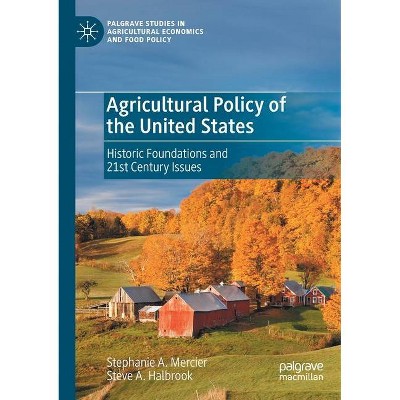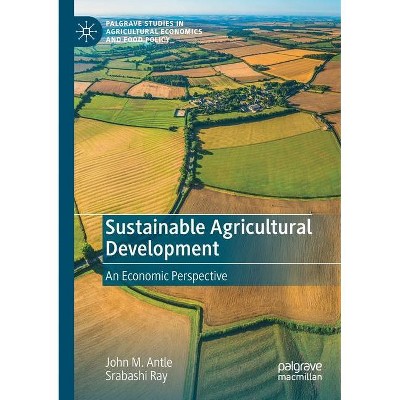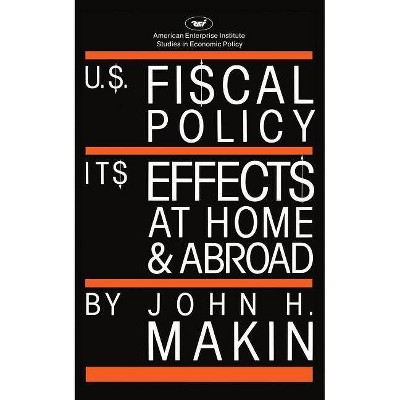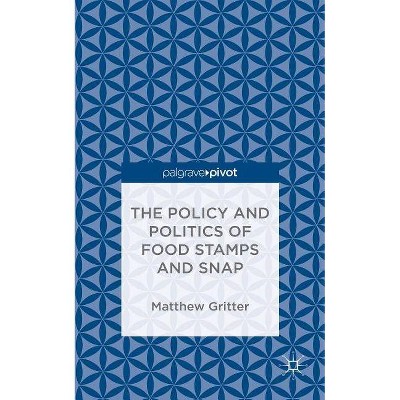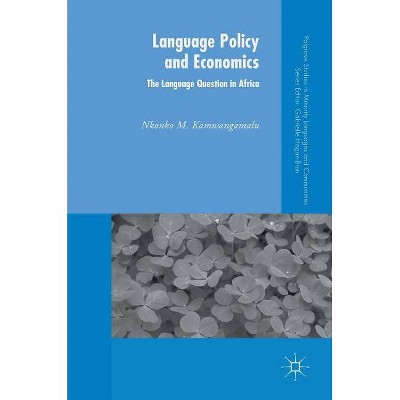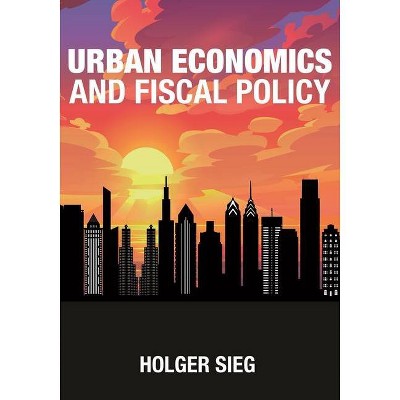The Effects of Farm and Food Policy on Obesity in the United States - (Palgrave Studies in Agricultural Economics and Food Policy) (Hardcover)
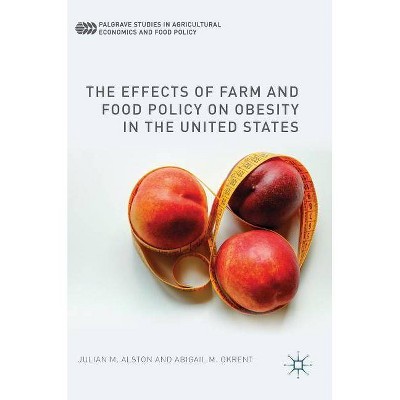
Similar Products
Products of same category from the store
AllProduct info
<p/><br></br><p><b> About the Book </b></p></br></br>"This book uses an economic framework to examine the consequences of U.S. farm and food policies for obesity, its social costs, and the implications for government policy. Drawing on evidence from economics, public health, nutrition, and medicine, the authors evaluate past and potential future roles of policies such as farm subsidies, public agricultural R&D, food assistance programs, taxes on particular foods (such as sodas) or nutrients (such as fat), food labeling laws, and advertising controls. The findings are mostly negative--it is generally not economic to use farm and food policies as obesity policy--but some food policies that combine incentives and information have potential to make a worthwhile impact."--<p/><br></br><p><b> Book Synopsis </b></p></br></br>TARGET AUDIENCE The book will be pitched at a broad general audience. It will be accessible to advanced undergraduate and graduate students across a range of disciplines in the sciences and social sciences in particular in schools of nutrition, public policy, public health, economics, and agricultural economics as well as decision-makers in the public, private, and not-for-profit sectors, and the general public. The book will be suitable for use as a supplementary text for classes in food and nutrition and related policy, and in agricultural economics courses dealing with food policy, but it will not be written primarily for those purposes. Emphasis will be placed on making the material interesting and accessible to a broader audience but without undue sacrifice of substance. Technical treatments of topics will be minimized. Unavoidable technical detail will be included in appendices. Ideas and arguments will be supported with detailed data, presented in graphs and tables, as well as simple economic models, mainly in graphical form. Text boxes will be used to present digressions or anecdotes to lighten the (sometimes dry) material and make the work more attractive and engaging for the reader. MAIN ORIGINAL CONTRIBUTIONS The main original contribution of this book will be to bring together and synthesize the extensive body of existing work in the area, distill the main lessons, and communicate them clearly to the target audience in accessible prose, supported with up-to-date quantification of the relevant aspects. For several chapters we will be able to draw on our own recent work as a primary source. Of necessity, some marginal extensions to the existing work will be necessary to complete the story on some elements, including some updating of less-recent work. In addition, some significant new work may be undertaken on some elements where the relevant results are not available from prior work.<p/><br></br><p><b> From the Back Cover </b></p></br></br>This book uses an economic framework to examine the consequences of U.S. farm and food policies for obesity, its social costs, and the implications for government policy. Drawing on evidence from economics, public health, nutrition, and medicine, the authors evaluate past and potential future roles of policies such as farm subsidies, public agricultural R&D, food assistance programs, taxes on particular foods (such as sodas) or nutrients (such as fat), food labeling laws, and advertising controls. The findings are mostly negative--it is generally not economic to use farm and food policies as obesity policy--but some food policies that combine incentives and information have potential to make a worthwhile impact. This book is accessible to advanced undergraduate and graduate students across the sciences and social sciences, as well as to decision-makers in the public, private, and not-for-profit sectors. <br><p/><br></br><p><b> About the Author </b></p></br></br>Julian M. Alston is Distinguished Professor in the Department of Agricultural and Resource Economics at the University of California, Davis, USA, where he studies and teaches about government policy affecting agriculture and food, including the economics of agricultural innovation, food and nutrition policy, and the global challenges of poverty, malnutrition, and obesity. <p></p> Abigail M. Okrent is Research Economist at the United States Department of Agriculture, Economic Research Service, where she researches the role of food policies and economic determinants of demand in food choices and diet quality.<br>
Price History
Price Archive shows prices from various stores, lets you see history and find the cheapest. There is no actual sale on the website. For all support, inquiry and suggestion messagescommunication@pricearchive.us
